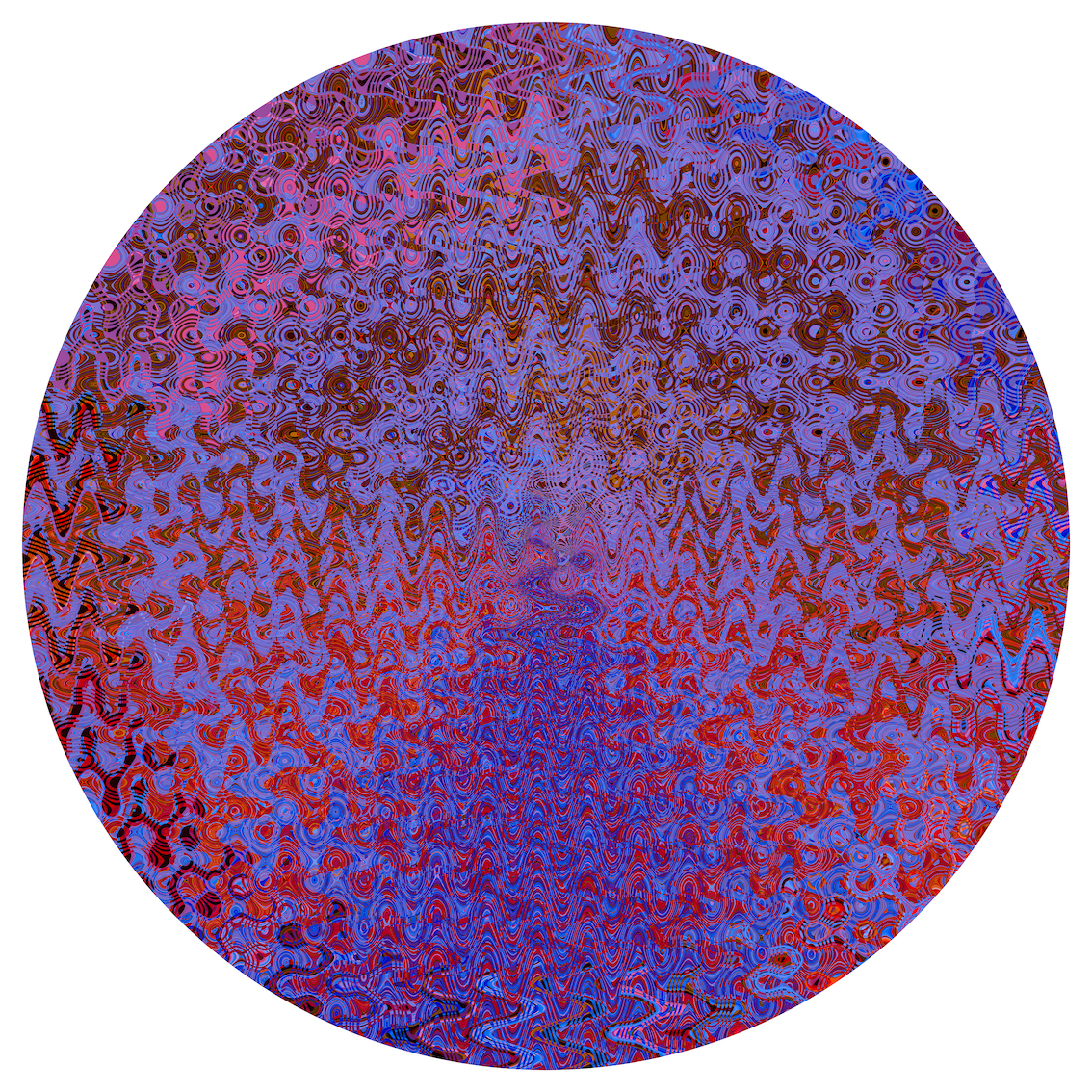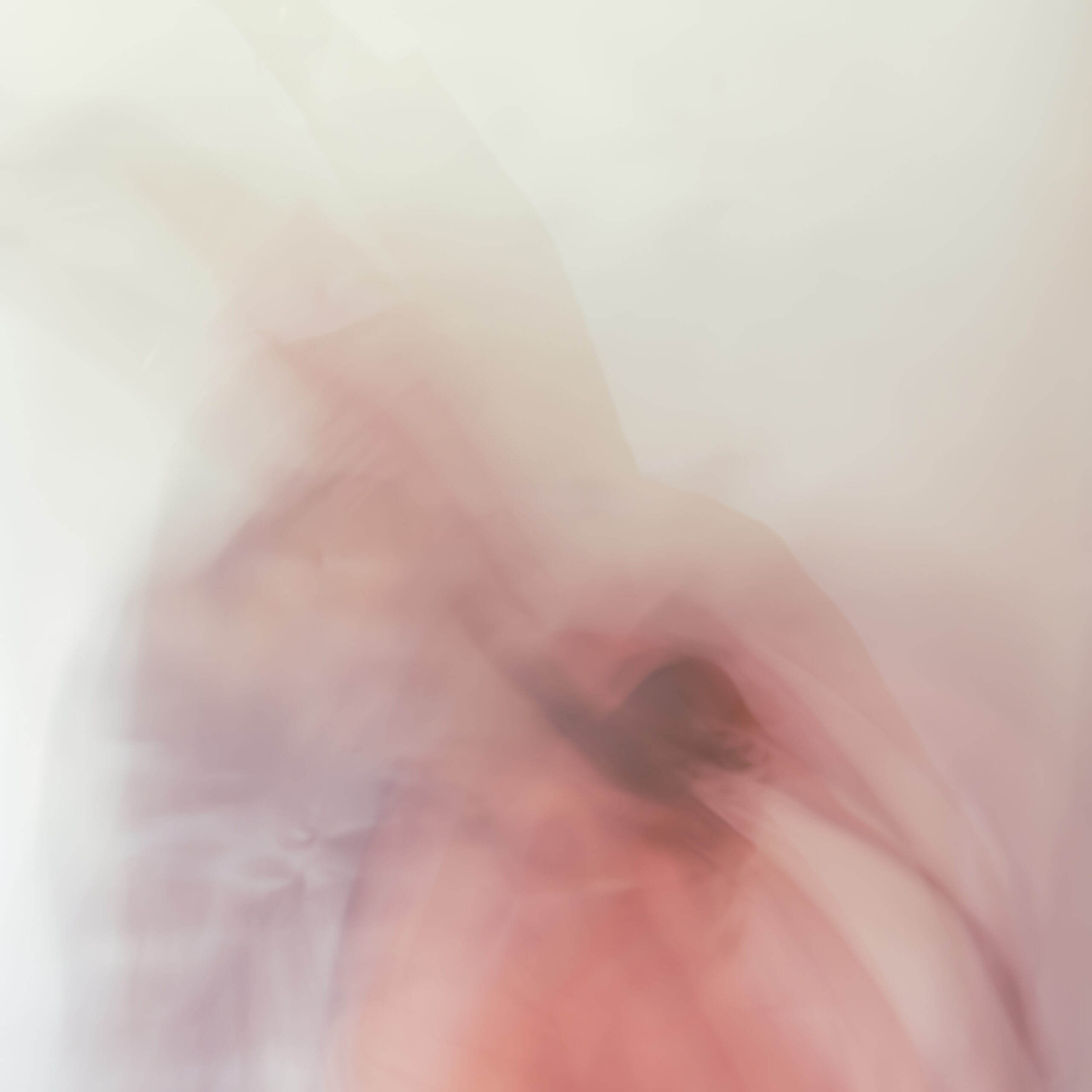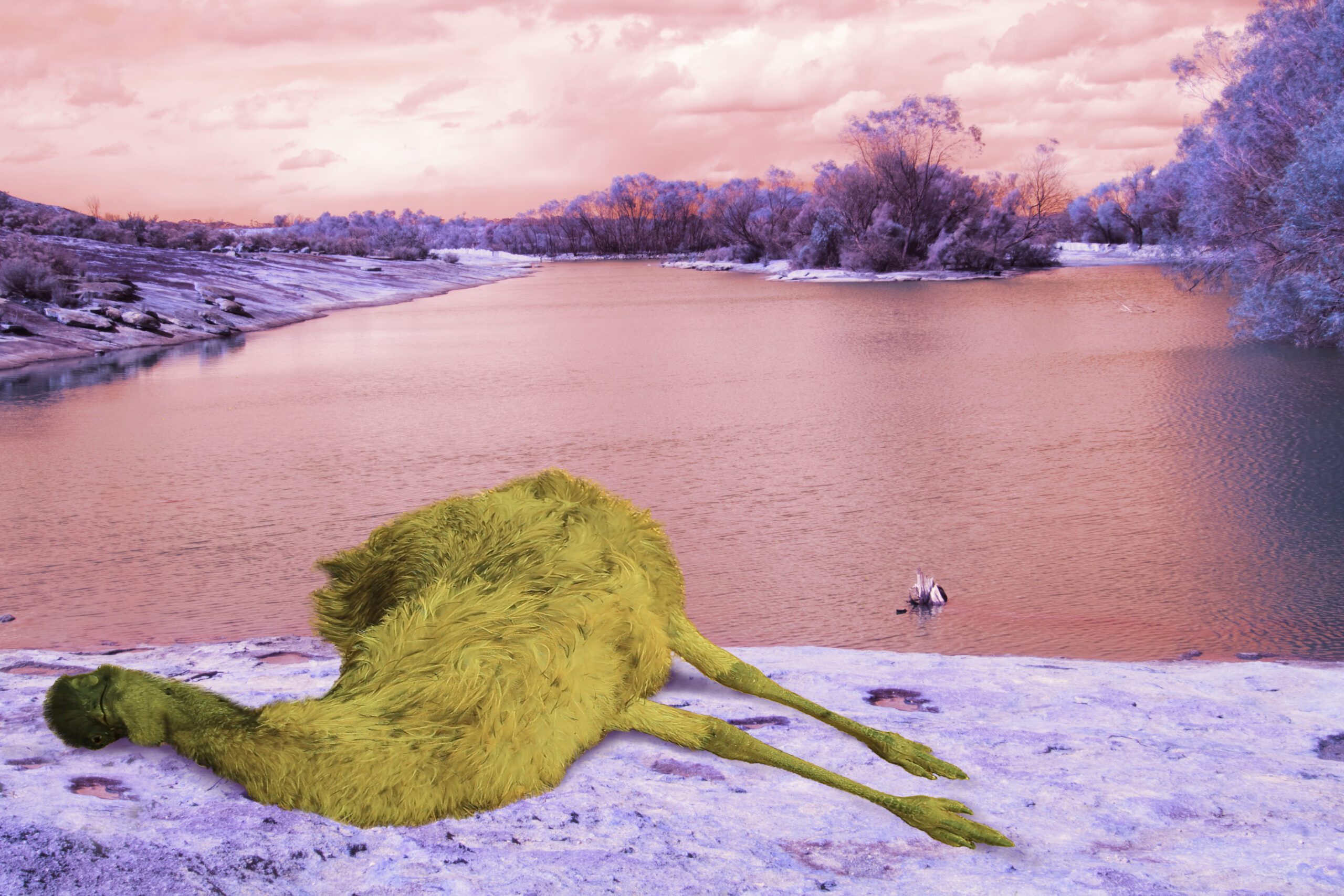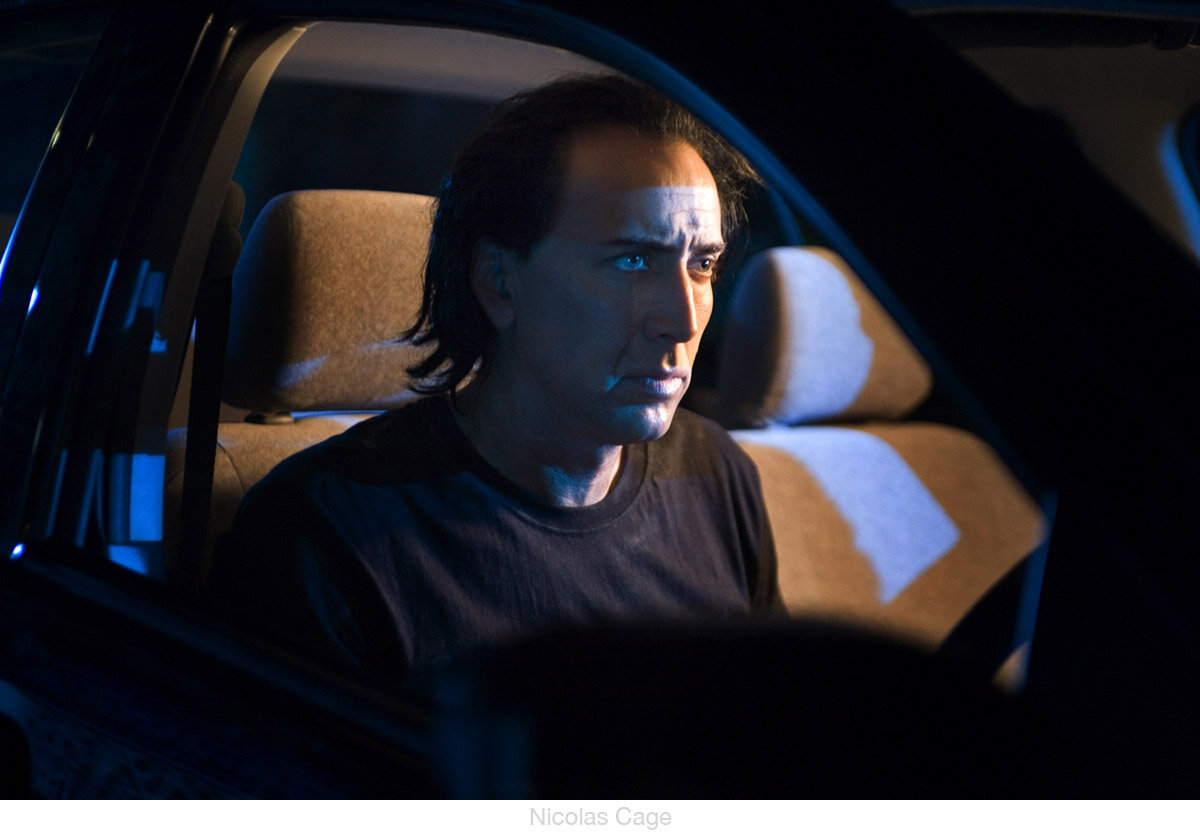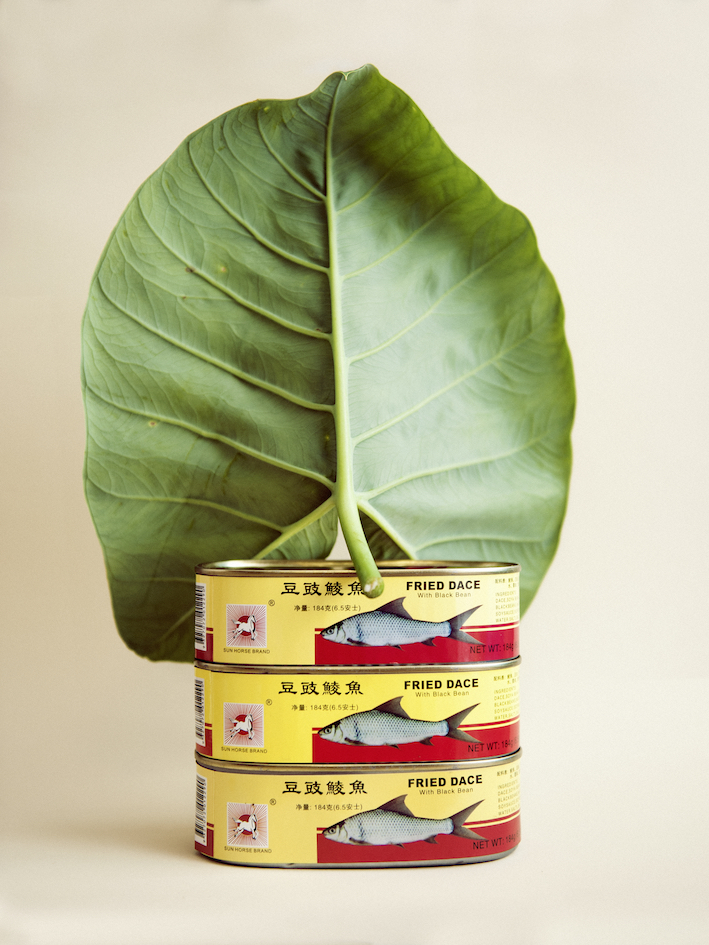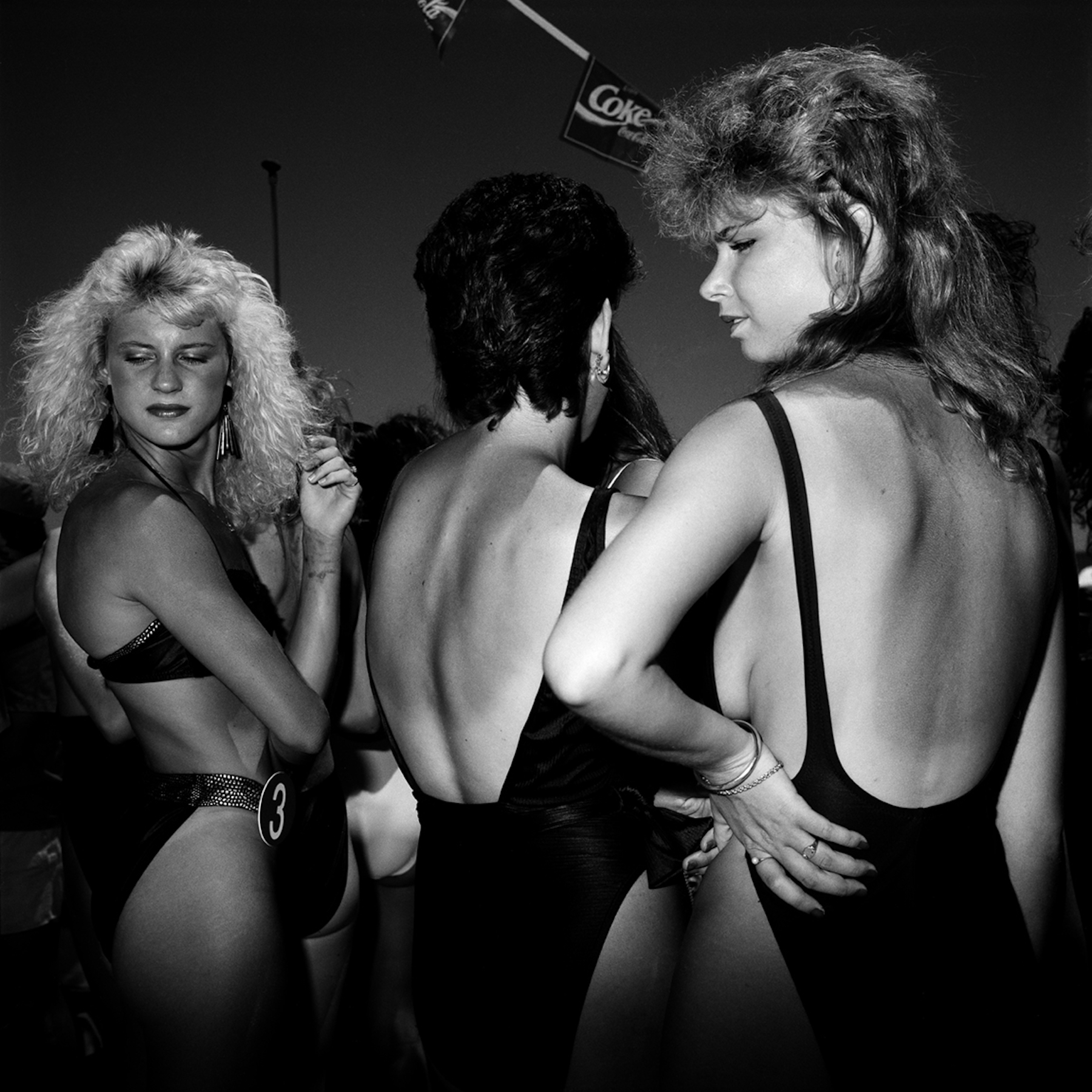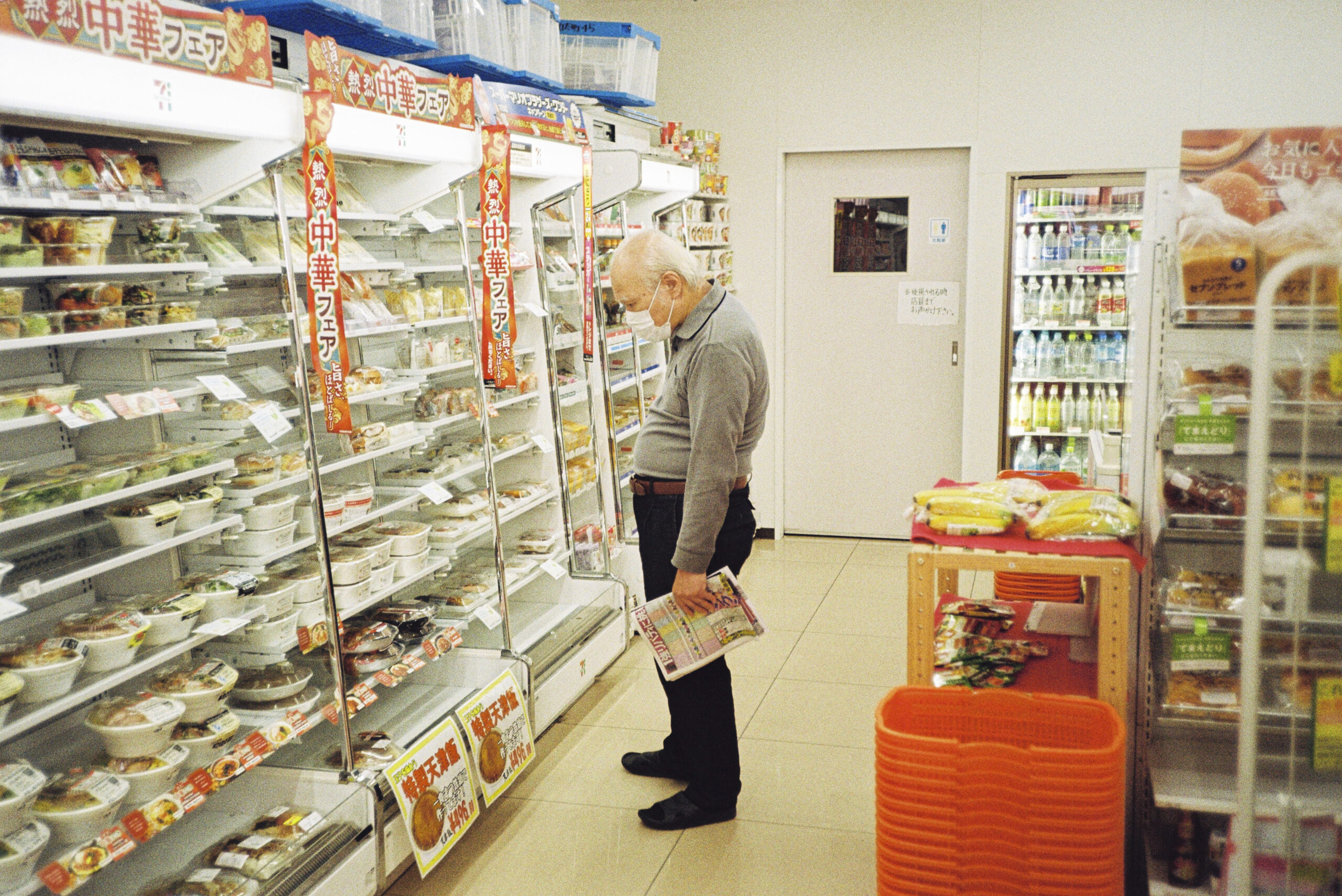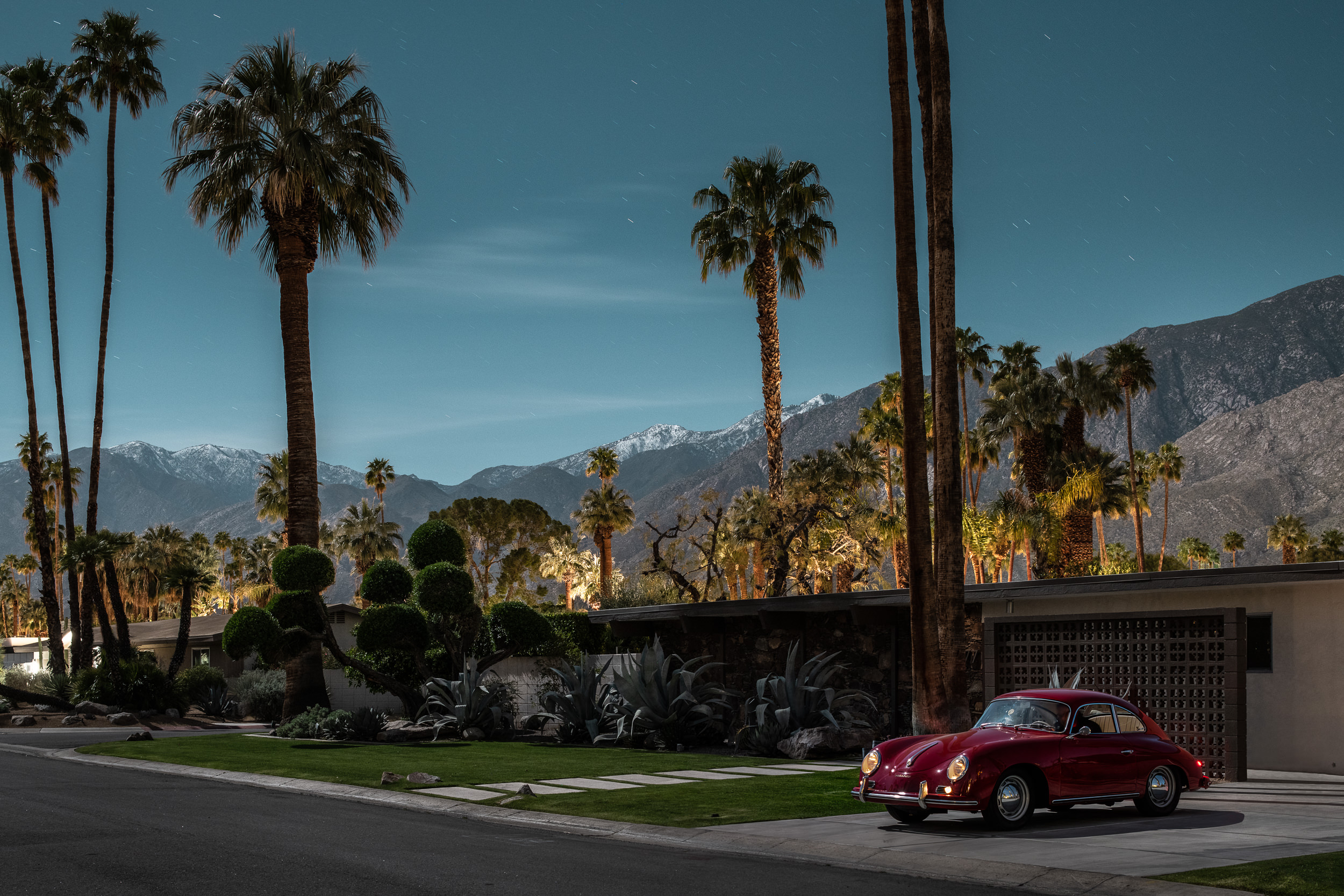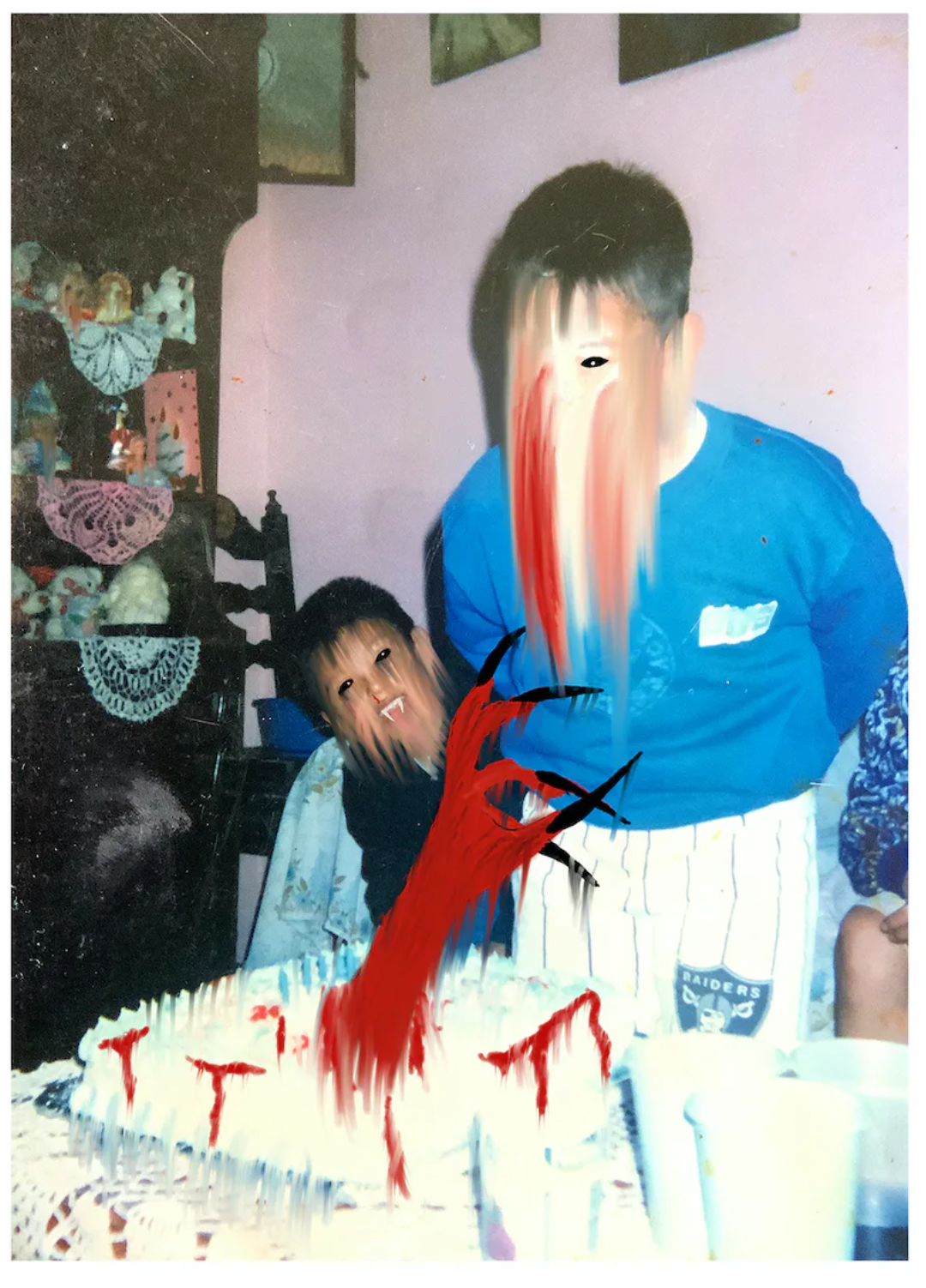Artist Bio
Kailum Graves is a multi-disciplinary and conceptual media artist critically obsessed with the artifactual digital object. Through artworks, writing, and curatorial projects he investigates the hidden and invisible structures of power. While this interest stems from very personal experience and is a way for him to begin to understand, accept, and deal with his own complex post-traumatic stress disorder (c-PTSD), angst, anxiety, and depression, his work addresses ideas, metaphors, images, themes, (dark) humour, feelings, and symbols which are universally shared (the nuances of human existence). He uses the dynamic and fluid nature of the digital medium to explore and express inner turmoil and pain that is often hidden from the outside world. Using elements of abstraction and distortion to reflect the dissociation, memory fragmentation, and disjointed nature and challenges of making sense of one’s experiences.Kailum is critically obsessed with the Web and born-digital content. He is particularly interested in image-rich technologies and the way global media communication—a landscape controlled by a handful of multidimensional oligopolistic corporate-run networks—can be sampled, organised, and considered in new philosophical, sociological, and political terms. Nonetheless, while these issues are political and economic in nature, Kailum believes anti-capitalist art offers no real alternative to the economic and ideological discourses of multinational capitalism. In its place, he is interested in examining the politics of the image and the construction of truth. To do this, he uses the Internet, which has normalised the act of collecting and compiling information, to preserve and curate found images and raw material. The aim is to engage with the cultural space and aesthetics of the Internet—and the vast amount of digital information it contains—as a subject, material, and tool of artistic production.
Artwork statement
From the series ‘Echo Chamber’, an ever-expanding series of abstract landscapes created by disrupting, manipulating, and reimagining famous Australian landscape paintings (as well as a few portraits for good measure) to emphasise the algorithmic nature of the digital terrain (pun intended). Pixels interest me because they are the smallest visible controllable element of a digital image; beyond the pixel is just pure information—bits of information. I wanted to explore the Australian landscape because my artwork and personal experience have never been self-reflectively ‘Australian’ or defined by place. Overseas is the only time I feel ‘Australian’ (whatever that necessitates) because the moment I open my mouth and speak I am instantly recognised and catalogued as Australian, along with all the perceived ‘Australian-ness’ that comes along with it. Yet for me, landscapes reveal more than time and place; they reveal universal and fundamental questions—and this is what really interests me. The aim is to explore the circular relationship between technology and nature by creating large-scale prints that sit somewhere between real and imagined landscapes. Humans have always interpreted nature based on their technology. Newtonian mechanics, for instance, saw the Universe as a clockwork mechanism, and genetics—discovered at the dawn of the computer age—viewed DNA as digital code. Likewise, today we superimpose our current fixation with advanced simulations and artificial intelligence onto the laws of physics and, by doing so, ponder if we are ourselves living in a simulation. Nonetheless, physics, particularly quantum physics, isn’t really about reality; it’s just the best description about how the world appears to us. Science, like art and philosophy, isn’t about finding out how or what nature is; rather, it is about what we can say about nature. On a more personal note, I find it boring, monotonous, and uninspiring when contemporary photography remains within the safety of conceptual and historical boundaries – things like taking the easy path by simply photographically recreating a still life or taking a photo with the subject wearing a pretty mask or costume as if this is ‘cutting-edge’ (and repeating this same process until it becomes meaningless). Taking a risk, even if this risk comes to nothing, is wonderfully rousing.

